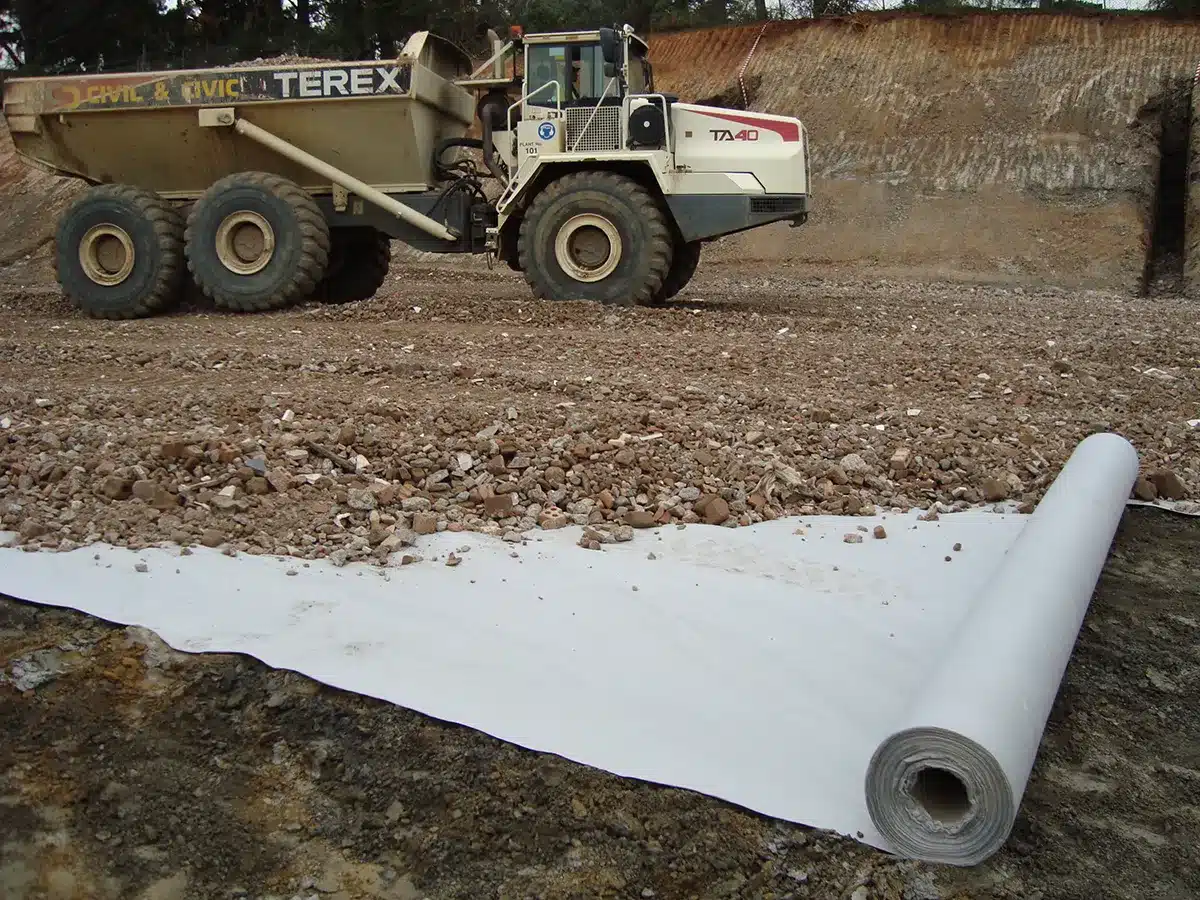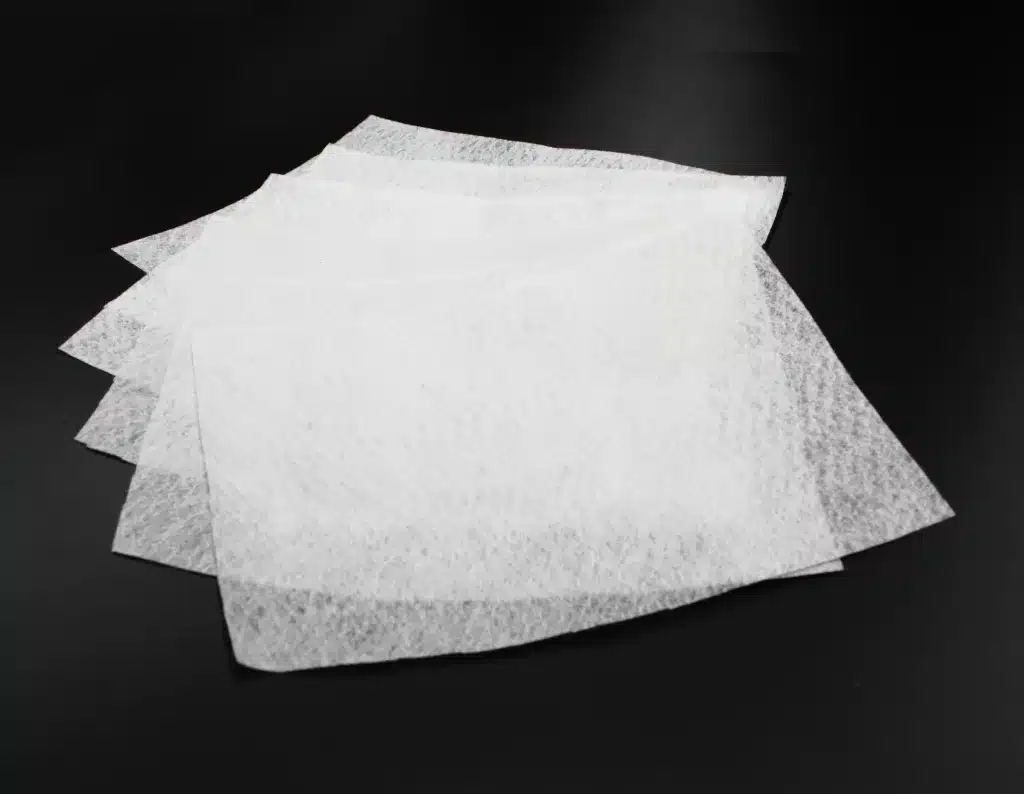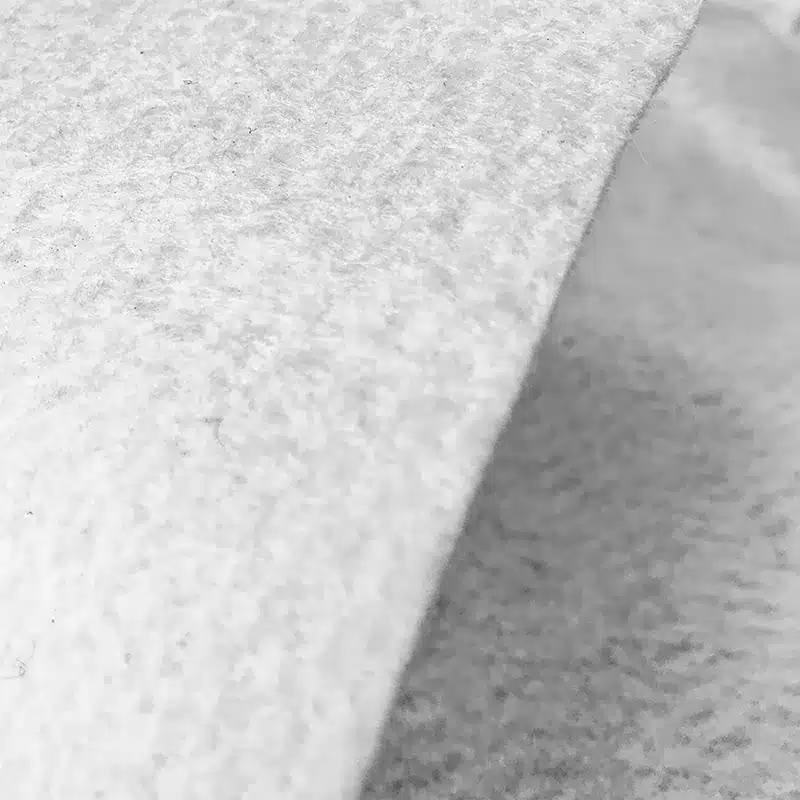+86-159 9860 6917
info@geofantex.com
geofantex@gmail.com
+86-400-8266163-44899
Retaining walls play a crucial role in landscaping and construction, but moisture intrusion can compromise their stability over time. In this article, we’ll explore the significance of a retaining wall moisture barrier, answering common questions and providing insights into its importance in preserving the integrity of retaining wall structures.
What is a retaining wall moisture barrier?
Purpose: A retaining wall moisture barrier is designed to prevent water from seeping through the retaining wall. It protects the structural integrity of the wall and the surrounding soil by controlling moisture levels.
Function:
- Prevents Water Penetration: Stops water from entering the retaining wall, which can cause damage over time.
- Reduces Hydrostatic Pressure: Minimizes the pressure exerted by water on the wall, reducing the risk of wall failure.
- Prevents Soil Erosion: Keeps soil in place by preventing water from washing it away.
Materials Used:
- Waterproof Membranes: Typically made from rubber or plastic materials like EPDM or HDPE.
- Drainage Sheets: Geocomposite drainage sheets to channel water away.
- Liquid Waterproofing Products: Applied as a coating to create a seamless barrier.
Installation Process:
- Surface Preparation: Clean and dry the wall surface.
- Application of Waterproof Membrane: Attach the waterproof membrane to the wall, ensuring no gaps or overlaps.
- Installation of Drainage System: Place drainage sheets or pipes to direct water away from the wall.
- Sealant Application: Apply liquid waterproofing products if required.
- Backfilling: Carefully backfill with suitable soil and compact.
Benefits:
- Enhanced Durability: Extends the lifespan of the retaining wall by preventing water damage.
- Reduced Maintenance Costs: Minimizes the need for frequent repairs due to water-related issues.
- Improved Structural Integrity: Ensures the wall remains stable and secure.
- Environmental Protection: Prevents soil erosion and protects the landscape.

Why is a moisture barrier essential for retaining walls?
Introduction: A moisture barrier, also known as a waterproofing membrane, is an essential component in the construction and maintenance of retaining walls. Its primary function is to prevent water from penetrating the wall structure, which can have several detrimental effects.
Importance and Functions:
- Prevention of Water Infiltration: A moisture barrier prevents water from seeping into the retaining wall. Water infiltration can lead to the weakening of the wall material, especially in concrete or wood retaining walls.
- Reduction of Hydrostatic Pressure: Water accumulating behind a retaining wall increases hydrostatic pressure, which can push against the wall and cause it to lean, crack, or even collapse. A moisture barrier helps to minimize this pressure by directing water away from the wall.
- Prevention of Erosion: Without a moisture barrier, water can erode the soil behind the retaining wall. This erosion can lead to the loss of support for the wall, compromising its structural integrity.
- Protection Against Freeze-Thaw Cycles: In climates with freezing temperatures, water that seeps into the retaining wall can freeze and expand, causing cracks and other damage. A moisture barrier prevents this by keeping water out of the wall.
- Longevity and Durability: By protecting against water damage, a moisture barrier enhances the longevity and durability of retaining walls. It helps to maintain the wall’s structural integrity over time, reducing the need for repairs and replacements.
A moisture barrier is crucial for retaining walls as it prevents water infiltration, reduces hydrostatic pressure, prevents erosion, protects against freeze-thaw damage, and ultimately increases the wall’s lifespan. Incorporating a moisture barrier into retaining wall construction ensures a more effective and long-lasting structure.
What materials are commonly used for retaining wall moisture barriers?
- Bituminous Coatings: These are applied as a liquid and form a flexible, waterproof membrane when they dry. They are effective at preventing water infiltration.
- Sheet Membranes: These include materials like HDPE (high-density polyethylene) and EPDM (ethylene propylene diene monomer) which are rolled onto the wall surface. They provide a durable and effective barrier against moisture.
- Liquid Waterproofing Membranes: These can be applied with a roller or brush and include products like liquid rubber or polyurethane. They form a seamless barrier that adapts to the shape of the wall.
- Plastic or Polyethylene Sheets: These are simpler and more cost-effective solutions, often used as an additional layer of protection in conjunction with other methods.
- Geotextile Fabrics: These fabrics are used to prevent soil particles from clogging drainage systems while allowing water to pass through. They are often used in conjunction with other waterproofing materials.
- Drainage Panels: These panels are placed against the retaining wall and help to manage water flow by directing it away from the wall structure.
What are the benefits of using a moisture barrier in retaining walls?
Implementing a moisture barrier in retaining walls offers several advantages that enhance the longevity, stability, and effectiveness of the structure. These benefits can be categorized as follows:
Structural Integrity
- Prevention of Water Infiltration: Moisture barriers prevent water from penetrating the retaining wall, reducing the risk of water damage that can compromise structural integrity.
- Reduction of Hydrostatic Pressure: By keeping moisture out, the barrier reduces hydrostatic pressure behind the wall, which can lead to wall failure or deformation over time.
Durability and Longevity
- Protection Against Freeze-Thaw Cycles: Moisture barriers help prevent water from entering the wall and freezing, which can cause cracking and deterioration due to freeze-thaw cycles.
- Minimization of Erosion: By controlling water flow, moisture barriers reduce soil erosion at the base and behind the retaining wall, thereby maintaining its stability and extending its lifespan.
Maintenance and Cost Efficiency
- Reduced Maintenance Needs: With less water infiltration, there is a lower likelihood of issues such as efflorescence, mold, and mildew, which means less frequent and intensive maintenance is required.
- Cost Savings: Investing in a moisture barrier can result in long-term cost savings by preventing costly repairs and replacements associated with water damage.
Aesthetic and Environmental Benefits
- Preservation of Appearance: Moisture barriers help maintain the aesthetic appearance of retaining walls by preventing staining and surface degradation caused by water exposure.
- Environmental Protection: By controlling water flow and preventing soil erosion, moisture barriers contribute to environmental conservation efforts, preserving surrounding landscapes and habitats.
Enhanced Functionality
- Improved Performance: Retaining walls equipped with moisture barriers function more effectively in managing soil and water, ensuring they fulfill their intended purpose more reliably.
- Versatility in Applications: Moisture barriers make retaining walls more versatile, and suitable for various environments and conditions where water exposure is a significant concern.
In conclusion, utilizing a moisture barrier in retaining walls provides numerous benefits, including enhanced structural integrity, increased durability, reduced maintenance costs, aesthetic preservation, and improved environmental protection. These advantages make moisture barriers a crucial component in the effective construction and maintenance of retaining walls.
A retaining wall moisture barrier is a vital component in ensuring the longevity and stability of retaining wall structures. Preventing moisture infiltration and associated damage helps preserve the integrity of the wall, reducing the need for costly repairs and maintenance. Understanding the importance of a moisture barrier and selecting the appropriate materials and installation methods are key steps in maximizing the effectiveness of retaining wall construction.



Get Free Sample
We’ll respond as soon as possible(within 12 hours)






















